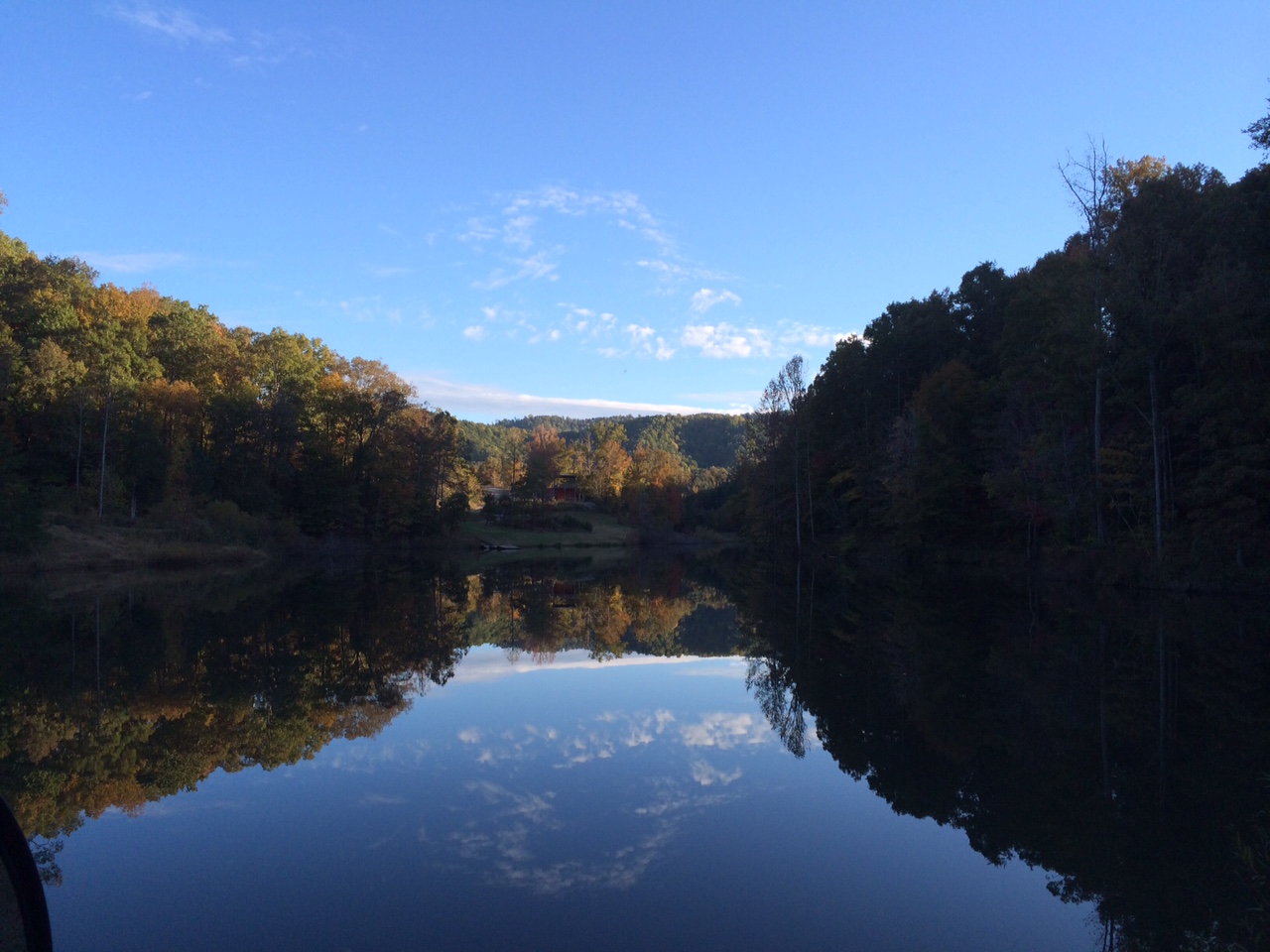

Native to New Zealand, wētā have been around since before the dinosaurs. Weka mate for life, and Wally, who resided near Arethusa Pool and was one of the original birds released, raised 29 chicks with partner Sally until his passing in 2020. It strode out in front of us on the walking track like our personal feathered guide. Mottled olive-brown, with a sturdy beak and glinting garnet eyes, buff weka are inquisitive and cheeky, renowned for helping themselves at picnics. When our small tour group arrived at the island's landing area, a weka strutted up to greet us – clearly we were trespassing on its territory. From 2004, 35 weka were released on Mou Waho, where their population has swelled to an estimated 200 birds. In 2002, a joint programme between Otago's Ngāi Tahu Māori community and DOC translocated 30 buff weka from the Chathams to Wanaka's Te Peka Karara Island for acclimatisation and breeding, with the aim of reintroducing them to the mainland. Judiciously, in 1905, 12 buff weka were transferred to New Zealand's Chatham Islands, about 800km east of the mainland, where they flourished.
#HIDDEN LAKE ALASKA FREE#
It's estimated that non-native predators, including possums and feral cats, kill up to 25 million native birds a year, prompting New Zealand's ambitious Predator Free 2050 eradication programme. But the introduced mammals found flightless native birds easier to catch and are implicated in the extinction of several species. Ironically, these carnivorous mammals were imported in the late 1800s to control rabbits, which had been introduced in the early 1800s by European settlers for sport and meat. The buff weka ( Gallirallus australis hectori), a flightless rail about the size of a hen, disappeared from mainland New Zealand in the 1920s due to habitat loss and predation by ferrets, weasels and stoats. Community planting days reintroduced native trees, and in 1995 Mou Waho was declared pest free, paving the way for the reintroduction of an endemic bird that had been missing from the South Island for almost 100 years. In 1988, the Department of Conservation (DOC) took over management of Wanaka's islands and commenced pest eradication programmes, trapping rats, mice, possums and stoats and felling wilding pines.

When Riley first visited in 1991, it looked vastly different than today, with pines overshadowing native trees and far less biodiversity. Sheep grazing and several wildfires devastated the native vegetation, allowing faster-growing wilding pines to take hold. Pre-European settlement, Mou Waho sustained magnificent stands of native hardwood trees, including tōtora and mataī, but in the 1860s a boat-building business on the island plundered the local resource and introduced exotic trees of radiata pine and Douglas fir. It wasn't always like this though, explained Chris Riley of Eco Wanaka Adventures, who has been taking visitors to the island on half-day tours since 2006. The 120-hectare bedrock pedestal is also a predator-free sanctuary protecting some of the country's most unusual endemic species, yet it's freely accessible and overnight camping is permitted. Mou Waho, meaning "outer island", is the largest of four significant islands in Lake Wanaka. There's no sign of civilisation, no hint of Wanaka township, just a 30-minute boat trip away.īut there's more to this island than breathtaking vistas.

It appears suspended 150m above Lake Wanaka, which in turn is surrounded by range upon range of serrated mountains, including the spine-like Southern Alps that run the length of the South Island, some still snow-tipped in late spring, others swaddled in folds of cloud. Arethusa Pool is a tarn formed by glacial scouring in the last ice age. In a country also renowned for epic views, this is up there with the best. Two tiny rocky islands, resembling bonsai landscapes, adorned the lake like the upper-most decorations on a tiered wedding cake – for they are islands in a lake, on an island in a lake, on an island in the ocean. But most New Zealanders have never heard of Arethusa Pool, a freshwater lake on the top of Mou Waho Island in Lake Wanaka, in the Otago region of New Zealand's South Island.Īs we watched, gentle ripples ruffled the surface of Arethusa Pool, smudging reflections of the fringing native vegetation, so the lake looked like liquid pounamu, the greenstone gem treasured by New Zealand Māori. Even more surprising, this little-known lake is hidden in plain sight – on an island in one of the country's most famous lakes, where thousands of tourists flock to photograph a single willow tree in the water. It's hard to believe there's a secret lake in New Zealand, a country where lakes take centre stage, from ice-blue glacial tarns to steaming, acidic volcanic pools.


 0 kommentar(er)
0 kommentar(er)
